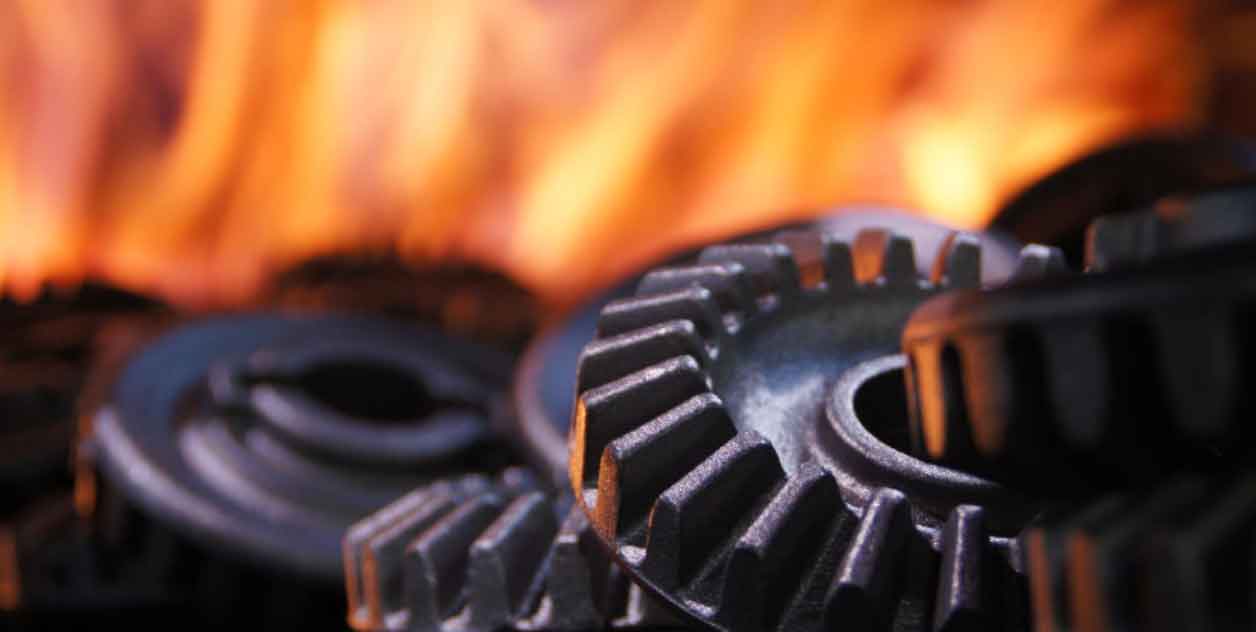
Gear forgings represent a significant advancement in gear manufacturing, enabling the production of high-quality gears with superior mechanical properties and performance. By employing forging techniques, gears can be fabricated with exceptional strength, durability, and precision, making them suitable for demanding applications across various industries. This article explores the potential of gear forgings and highlights their benefits in comparison to other manufacturing methods.
I. What is Gear Forging?
Gear forging is a manufacturing process that involves the shaping of metallic materials, typically steel or alloy, into gear components using compressive forces. It utilizes the principles of hot or cold forging to impart favorable mechanical properties to the gears. The process begins with a billet, which is heated and then subjected to controlled deformation through the application of pressure. This deformation alters the internal grain structure of the metal, enhancing its strength and durability.
II. Advantages of Gear Forgings:
- Superior Strength: Gear forgings exhibit exceptional strength due to the refined grain structure achieved during the forging process. The controlled deformation leads to improved mechanical properties, including higher tensile and fatigue strength, compared to gears produced through other methods such as casting or machining.
- Enhanced Durability: The refined microstructure of gear forgings provides increased resistance to wear, abrasion, and impact. The compressive forces applied during forging eliminate internal defects and voids, resulting in a more robust gear capable of withstanding heavy loads and harsh operating conditions.
- Precise Dimensional Accuracy: Gear forgings can achieve high dimensional accuracy and tight tolerances, ensuring proper fit and meshing with mating gears. The controlled deformation process allows for precise shaping and minimizes the need for additional machining, reducing costs and production time.
- Design Flexibility: With gear forgings, complex gear geometries and intricate designs can be easily realized. The forging process allows for the creation of gears with custom features such as splines, teeth profiles, and internal cavities, offering designers greater freedom in optimizing gear performance for specific applications.
- Cost-effectiveness: While gear forgings may require an initial investment in tooling and equipment, the overall cost-effectiveness becomes apparent in large-scale production. The elimination of extensive machining operations and the ability to achieve near-net shape configurations reduce material waste, energy consumption, and labor costs in the long run.
III. Applications of Gear Forgings:
Gear forgings find application in numerous industries where high-performance gears are essential. Some notable examples include:
- Automotive: Gear forgings are extensively used in automotive transmissions, drivetrain systems, and engine components. They provide reliable power transmission, improved fuel efficiency, and enhanced durability, contributing to the overall performance and longevity of vehicles.
- Aerospace: The aerospace industry relies on gear forgings for critical applications such as aircraft engines, landing gear systems, and helicopter transmissions. The high strength, lightweight nature, and fatigue resistance of gear forgings make them ideal for withstanding the demanding conditions of aviation.
- Industrial Machinery: Gear forgings are employed in heavy-duty industrial machinery, such as construction equipment, mining machinery, and oil and gas drilling systems. These gears offer the necessary strength and reliability to withstand heavy loads, shock loads, and continuous operation.
- Power Generation: Gear forgings are used in power generation equipment, including wind turbines, hydroelectric turbines, and steam turbines. The ability to withstand high torque, fatigue, and cyclic loading makes gear forgings crucial for efficient power transmission in these applications.
Gear forgings have unlocked a new realm of possibilities in high-quality gear manufacturing. The superior strength, enhanced durability, precise dimensional accuracy, and design flexibility of gear forgings make them invaluable in a wide range of industries. By leveraging the benefits of gear forgings, manufacturers can produce gears that meet the stringent requirements of modern applications, ensuring optimal performance and reliability.
